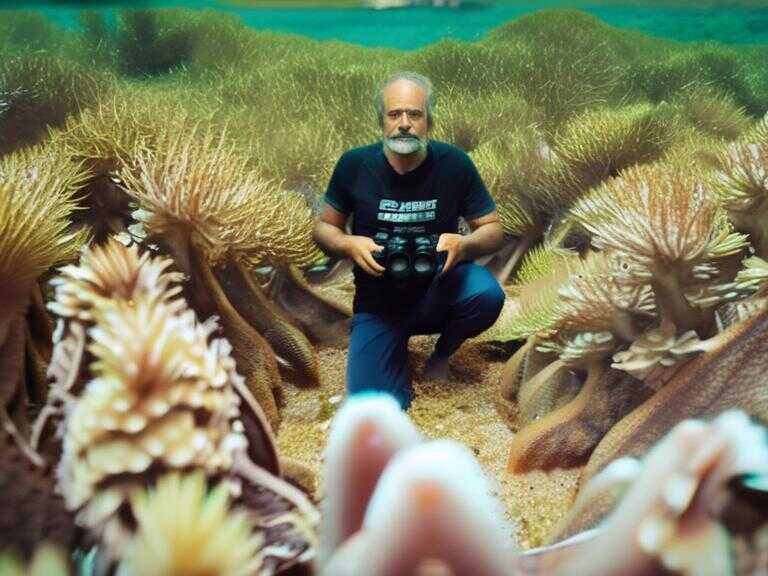
Japan's Fukui Region Warns Beachgoers After Surge in Dolphin Biting Incidents
Central Japan warns beachgoers of dolphin bites, with 18 incidents this year; one expert suggests a single overly playful dolphin may be responsible.

Central Japan authorities are warning beachgoers about the dangers of dolphin interactions after a notable spike in biting incidents. In the Fukui region, there have been 18 reported cases of swimmers being bitten, compared to only a few in the past two years. While most bites were minor, there was a serious incident where an elementary school child required 20 to 30 stitches. The local coast guard is investigating whether a single dolphin, possibly identifiable by its dorsal fin and scars, is behind the incidents. Experts suggest that the dolphin may not be malicious, but rather seeking to interact with humans like it does with fellow dolphins.
Beachgoers Urged to Take Precautions
Due to the recent incidents, authorities are urging beachgoers in the Fukui region to exercise caution when encountering dolphins. The local tourism association at Suishohama Beach, known as "Diamond Beach," is actively disseminating warnings through its website and distributing flyers to inform the public. Despite the usual calm nature of dolphins, the association emphasizes that they can inflict injuries with their sharp teeth and can even pose a danger to human lives in extreme cases.
In response to the unprecedented increase in dolphin-related injuries, the coastguard is working to determine the nature of the incidents and the behavior of the dolphins involved. If a single dolphin is indeed responsible, authorities are faced with the challenge of managing human-dolphin interactions to prevent further injuries. This predicament raises the question of how to minimize the risk of such encounters while also respecting the natural behavior and habitat of the dolphins.
Experts in cetology (the study of cetaceans) are weighing in on the situation, providing insights into the behavior of dolphins and the current incidents. Professor Tadamichi Morisaka from Mie University suggests that the singular nature of the encounters might indicate that one dolphin, identifiable by its physical characteristics, is responsible for the biting incidents. It raises important questions about the motivations behind the dolphin's actions, with possibilities ranging from seeking social interaction to curiosity or playfulness.
Addressing the Spike in Dolphin Bites
The alarming rise in dolphin bites in the Fukui region underscores the need for increased vigilance among beachgoers and effective communication from authorities. As the investigations continue, it is crucial to address the immediate safety concerns for beach visitors while also considering the broader implications for dolphin conservation and their interaction with humans. Striking a balance between ensuring public safety and promoting respect for marine life will be an ongoing challenge for both authorities and the public.
Share news















